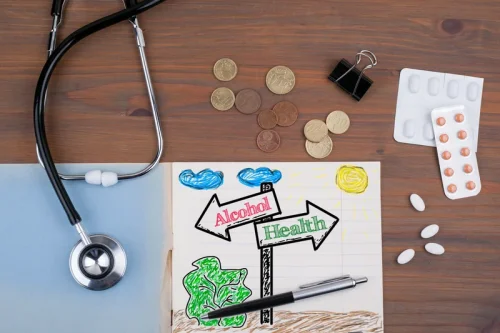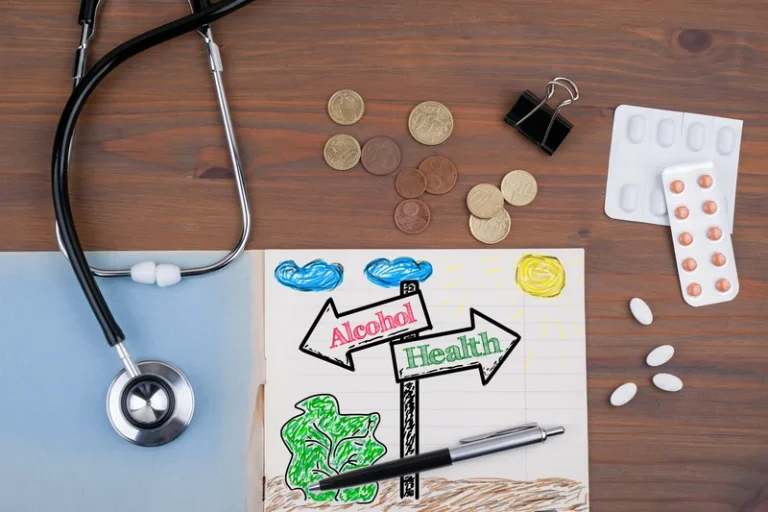Marijuana Addiction: 5 Signs Someone Is Addicted to Weed

This addiction results in cannabis use disorder, impacting daily functioning and overall mental health. Furthermore, more how long does weed take to leave your system discrete product types (e.g., edibles) may provide more opportunities for use. Thus, different types may confer differential levels of misuse and dependence risk 18, 27,28,29,30.
- However, the California Society of Addiction Medicine states that neuroscience, animal studies and clinical reports of human experiences have indicated that marijuana can cause addiction.
- Post-acute withdrawal symptoms (PAWS) are reported to last anywhere from 12, 18, or 24 months.
- In order to avoid laced weed, only ever buy from trusted and reputable sellers.
- This relatively minimal clinical effort has been shown to have powerful effects on patient alcohol use.
- Next, the authors provide a very brief description and overview of specific pharmacological and behavioral therapies for alcohol and drug use disorders that have a documented evidence basis.
Long-Term Effects Of Marijuana Abuse
- Despite its Schedule I classification under U.S. federal law, public opinion increasingly favors legalization for medical and recreational use.
- In 2012, the THC concentration in marijuana samples confiscated by law enforcement averaged near 15 percent, compared with an average concentration of four percent in the 1980s.
- As people with CUD often have co-occurring mental health conditions, treating them together rather than separately is generally better.
Parents should make sure their children know about peer pressure and how to say no when they’re offered drugs or alcohol. It’s important to turn to amphetamine addiction treatment healthy coping mechanisms during these times of change, such as exercising, meditating or learning a new hobby. Consider seeing a mental health professional if you’re having issues managing your stress. In detoxification, you stop taking cannabis, allowing it to leave your body. Depending on the severity of the CUD, a healthcare provider may recommend tapering it off to lessen the effects of withdrawal. You can go through detoxification in both inpatient and outpatient settings.

What can I expect if I have cannabis use disorder?
Miller and Rollnick 76 launched the approach termed motivational interviewing based upon the stages of change model of Prochaska and DiClemente 77. This approach has been found effective with alcohol use disorders 78, and a four-session version (Motivational Enhancement Therapy, or MET), produced favorable outcomes in the NIAAA Project MATCH Study 79. Modifications of this approach have been studied and found to yield positive substance use and treatment outcomes, such as with college student drinkers 80, persons with schizophrenia 81, and adolescent cannabis users 82. Several reviews describe the effectiveness of this approach in a range of populations 8,83–85.

Renewal Center for Ongoing Recovery
This study assessed cannabis use profiles based on use frequency, product types, and daily use patterns, and their associations with adverse outcomes, including driving after use, problematic use, and mental health symptoms. One key finding was that even moderate use of high-potency cannabis products can carry risks equal to or greater than frequent use of less potent varieties. This article reviews current methods used to evaluate strength of the empirical evidence supporting the efficacy of specific therapies. These methods are drawn from the medical, psychological and substance use disorder treatment research fields.
According to the DSM, tolerance to a drug happens when, over time, a person isn’t able to achieve the desired effects or “high” https://ecosoberhouse.com/ by using the same amount of the drug. They will need a larger amount of the drug to achieve these effects. It can be difficult to know when to talk to someone you love about the signs of addiction you may have noticed.
Therapy Services
Holistic approaches, family therapy, and dual diagnosis treatment are also important components of a comprehensive recovery plan. Individuals who are addicted to cannabis may experience symptoms of withdrawal when attempting to stop using the drug. Long-term users who try to quit report withdrawal symptoms such as irritability, sleeplessness, decreased appetite, anxiety and drug craving–all of which can make it difficult to abstain.
They can also provide a list of nearby rehab facilities that treat marijuana addiction. Cannabis (marijuana) use disorder is a mental health condition in which you have a problematic pattern of cannabis/marijuana use that causes distress and/or impairs your life. After the initial treatment phase, many individuals benefit from sober living environments or outpatient programs that provide continued support and accountability as they transition back into daily life. Overall, the success of marijuana rehab hinges on personalized treatment plans that address both the psychological and social aspects of addiction.

Signs of Marijuana Addiction

Many studies have been done on the effects of marijuana abuse during pregnancy, and results are conflicting, possibly because of other substances used and/or abused during pregnancy, including tobacco. Substance abuse occurs when an individual regularly uses drugs or alcohol and experiences negative consequences as a result. This can include missing work or school, getting in trouble with the law or school authorities, or putting oneself in dangerous situations. Treatment for marijuana addiction can assist people in overcoming a substance use disorder. Many people have overcome their problems with marijuana abuse by attending a rehab facility. Knowing the signs of marijuana use and the immediate effects can help you understand the consequences of abusing the drug.

.jpg)
.jpg)